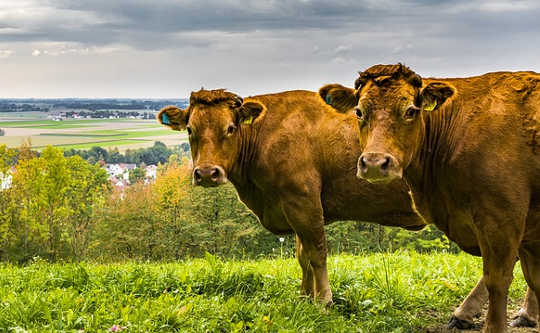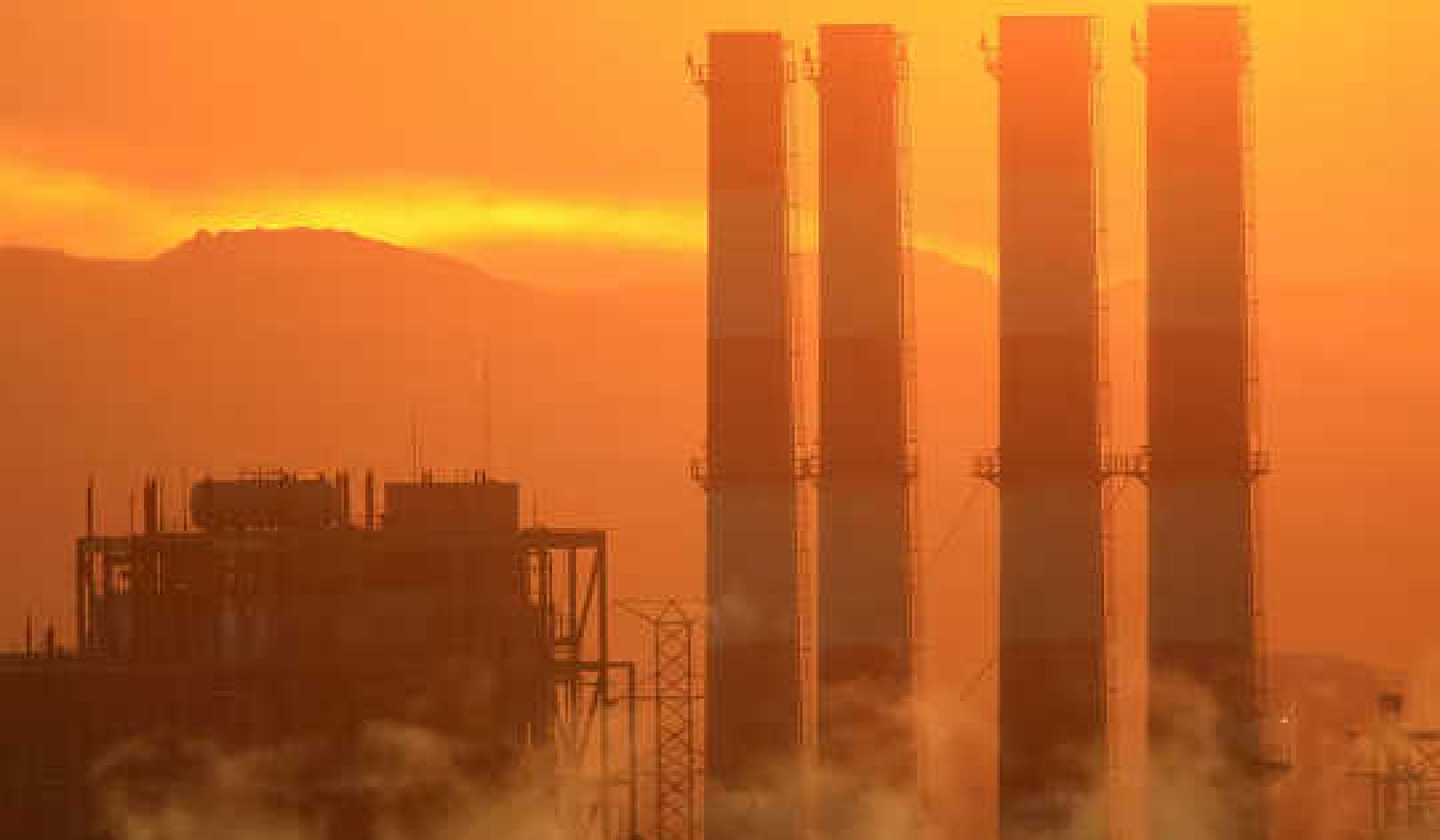
Some aspects of climate change could benefit certain forms of agriculture in the Northeastern United States, new research suggests—though the researchers caution that there are many variables in the future scenario they envision.
Although a projected increase in hot days will cause more heat stress in dairy cows and economic challenges for the equine industry, some animal agricultural endeavors in the Northeast may actually benefit from warming predicts.
Warmer conditions could lead to poultry producers incurring lower energy costs for heating chicken housing fall through spring. Researchers also suggest a warmer, wetter environment could boost the ability of beef cattle producers to grow and provide forage for their animals.
Researchers note that climate models for the Northeast predict, on average, more warm days exceeding 77 degrees; more extremely warm nights—with minimum temperature above 70 degrees; fewer extremely cold nights—temperatures below 32 degrees; warmer average winter and summer temperatures; more days with heavy rain exceeding 2 to 3 inches; and higher annual precipitation.
“Increased temperatures will alter the forage growing season timing and extend its length; however, changes in relative humidity—which can exacerbate summer heat stress in dairy cattle—are expected to be minimal through the current century,” says Alex Hristov, lead researcher and a professor of dairy nutrition at Penn State. “We are confident that we know what is going to happen—the new, down-scaled climate models portray the evolution of current trends in the Northeast through the 21st century.”
The research analyzes the coming impacts of warmer, wetter conditions in the Northeast on forage production and quality; manure management; emerging pathogens and disease; the production of dairy cattle, beef cattle, and poultry; and equine enterprises.
For forage crops, researchers believe more warm days and higher annual precipitation, combined with increased atmospheric carbon dioxide concentration, will either increase or decrease forage productivity, depending on the crop.
Predicted temperature increases may decrease fertility in dairy cattle and heat stress-induced inflammation may limit energy available for productive functions. Decreased feed intake could cause a slight decline in milk production.
Projected temperature changes, hotter nights, and fewer cold days, may reduce maintenance costs for beef cattle. More forage availability may increase grazing days in the region and boost the relevance of the beef cattle industry.
According to the researchers, poultry broiler production in the region may benefit from warmer winter and summer temperatures, but future housing will require greater insulation and ventilation fan capacity. Providing adequate housing and ventilation to offset climate changes will also be important for the layer industry and could increase the price of eggs.
Climate change is expected to have an economic impact on the horse industry in the region by requiring additional management of land and forage resources, buildings to provide cool shelters for animals, and heat-abatement measures at equine events.
Warmer, wetter conditions in the Northeast could complicate two aspects related to all animal agriculture—nutrient management and disease, Hristov explains. In the case of emerging pathogens, it is difficult to predict the severity of ensuing problems.
“Increased temperatures and more intense storms will increase losses of nitrogen, phosphorus, and carbon, as well as gaseous emissions from animal manure,” he says. “Losses of these nutrients contribute to environmental issues such as eutrophication (algal takeover) of surface waters and ground water contamination.”
“Uncertainties about how host animals, pathogens, and disease vectors will respond to climate change are the wild card in predicting the effect of climate-induced changes in animal agriculture in the region. Producers will have to be even more diligent in monitoring animal health.”
The researchers report their results in the journal Climatic Change.
Additional researchers contributing to the work are from Penn State; Cornell University; the US Department of Agriculture; the University of Delaware, Newark; Iowa State University; and the University of New Hampshire, Durham.
The researchers jointly funded this work.
Source: Penn State
Related Books:
at InnerSelf Market and Amazon






















